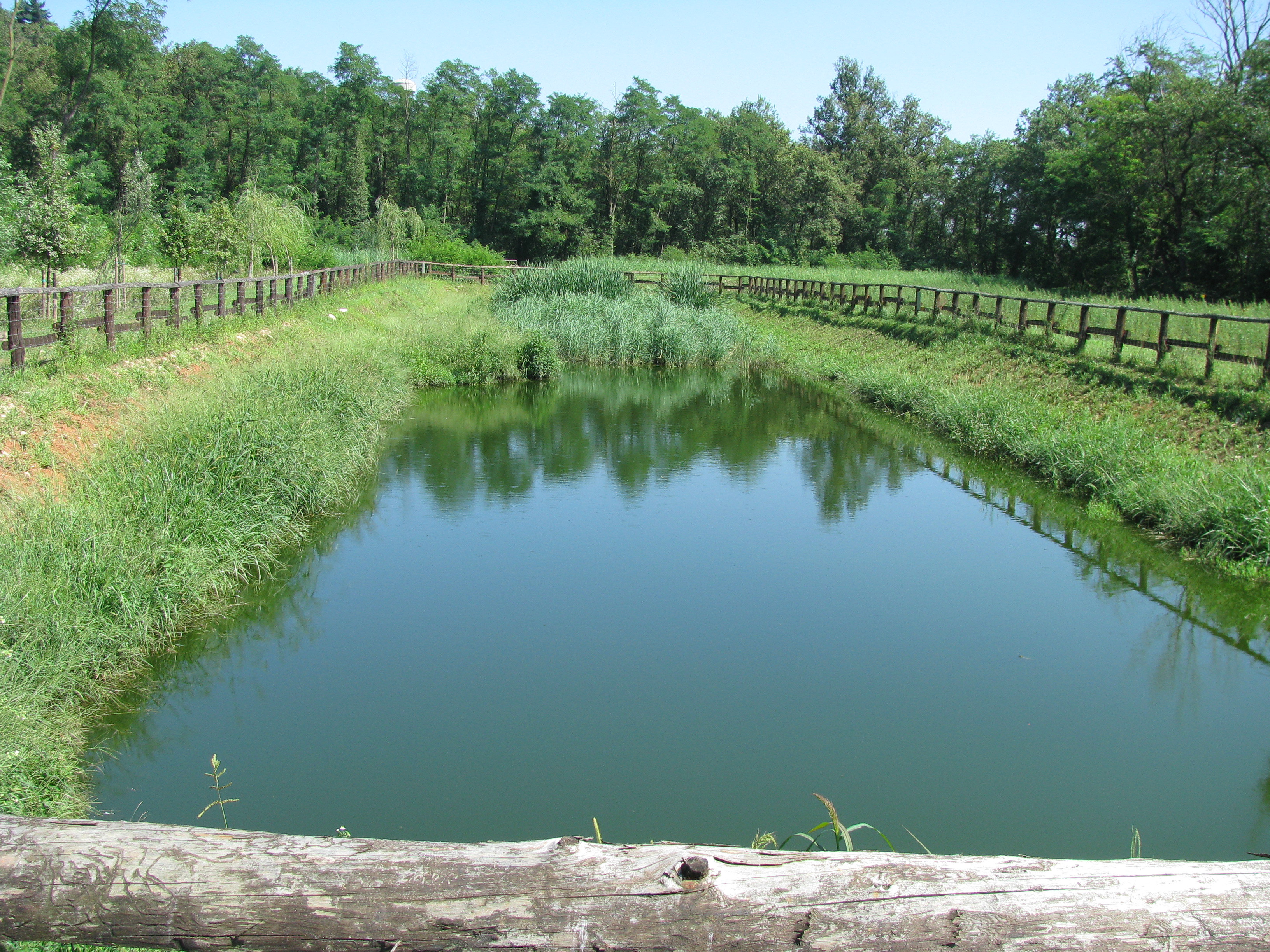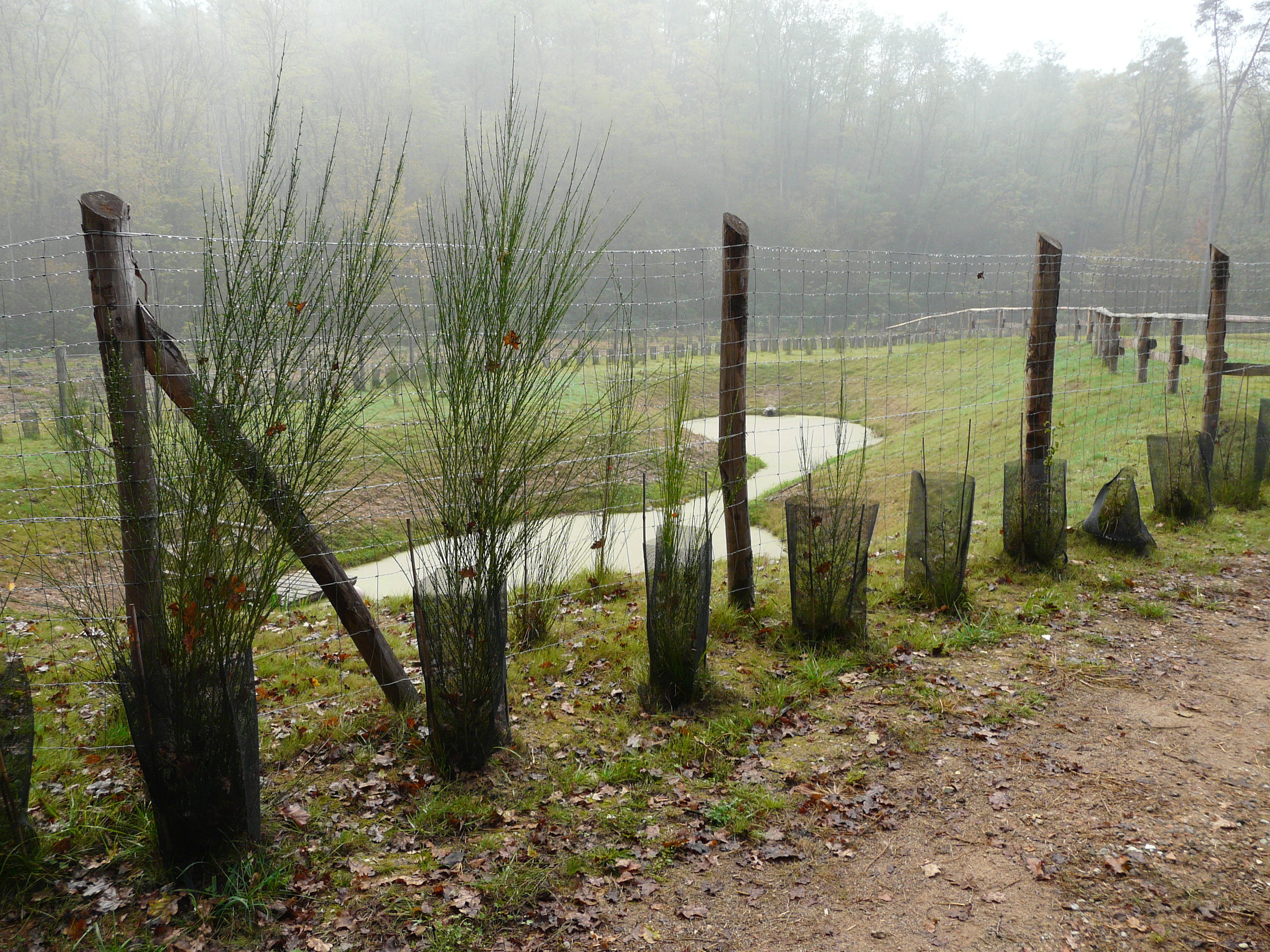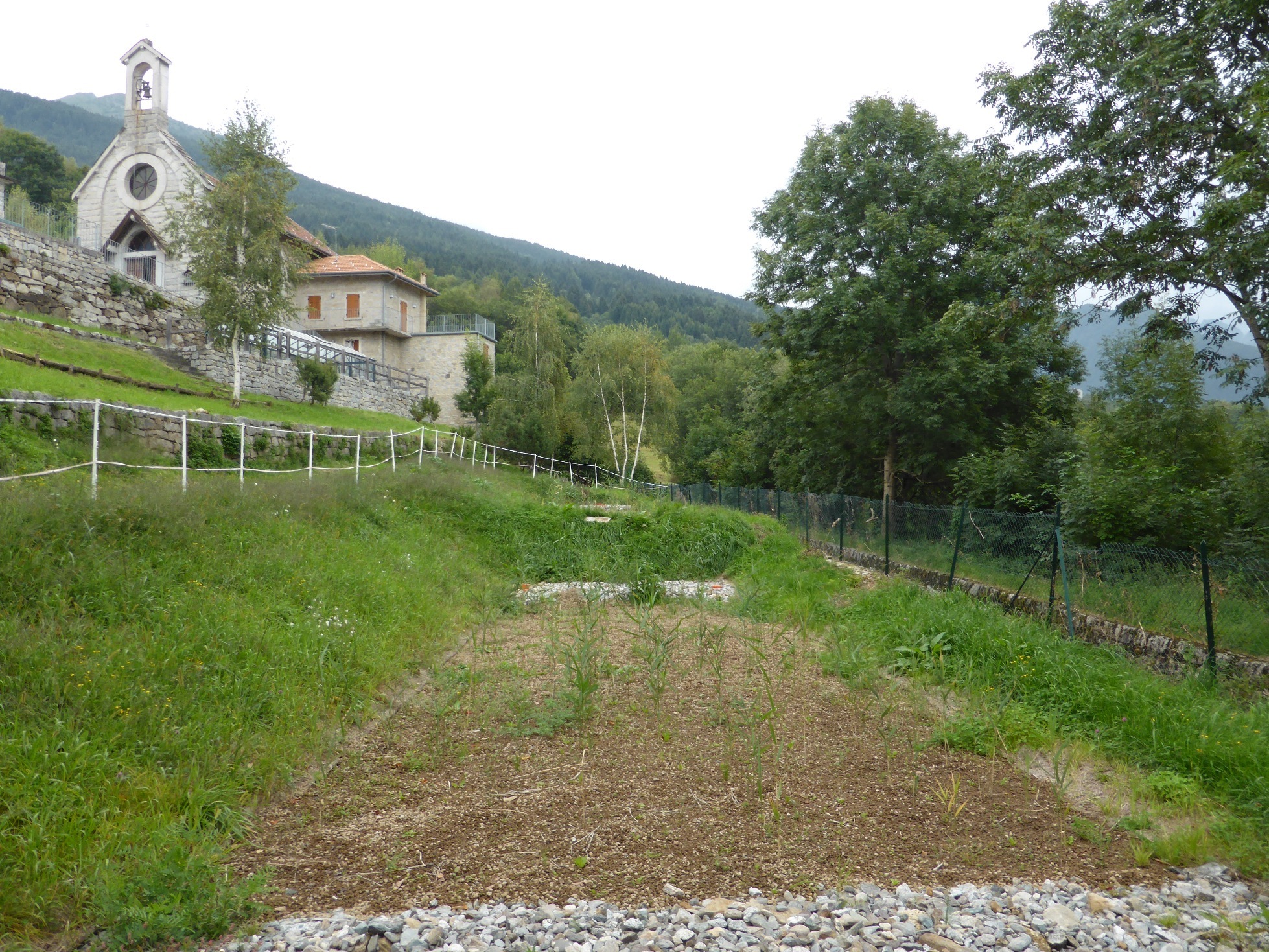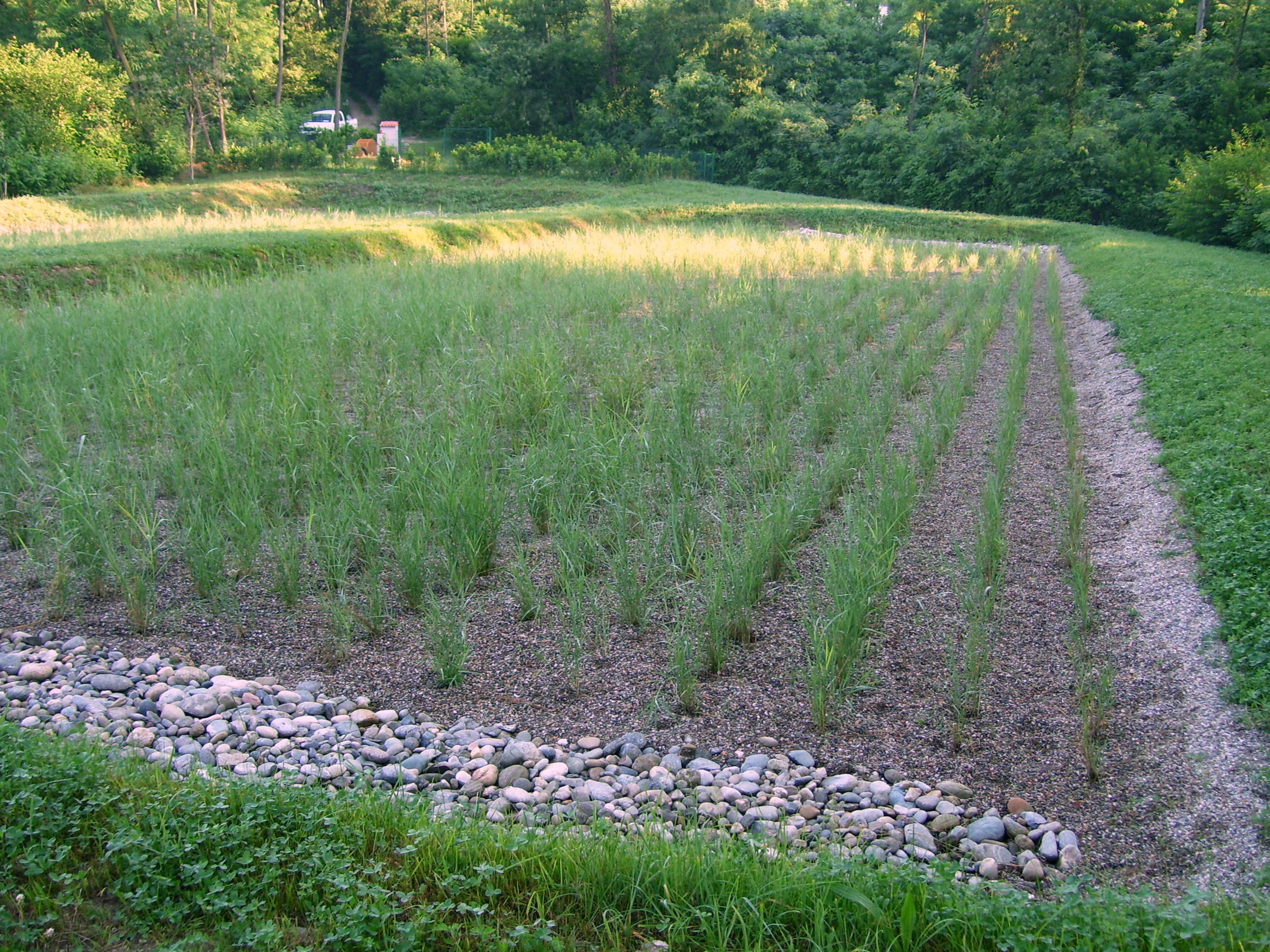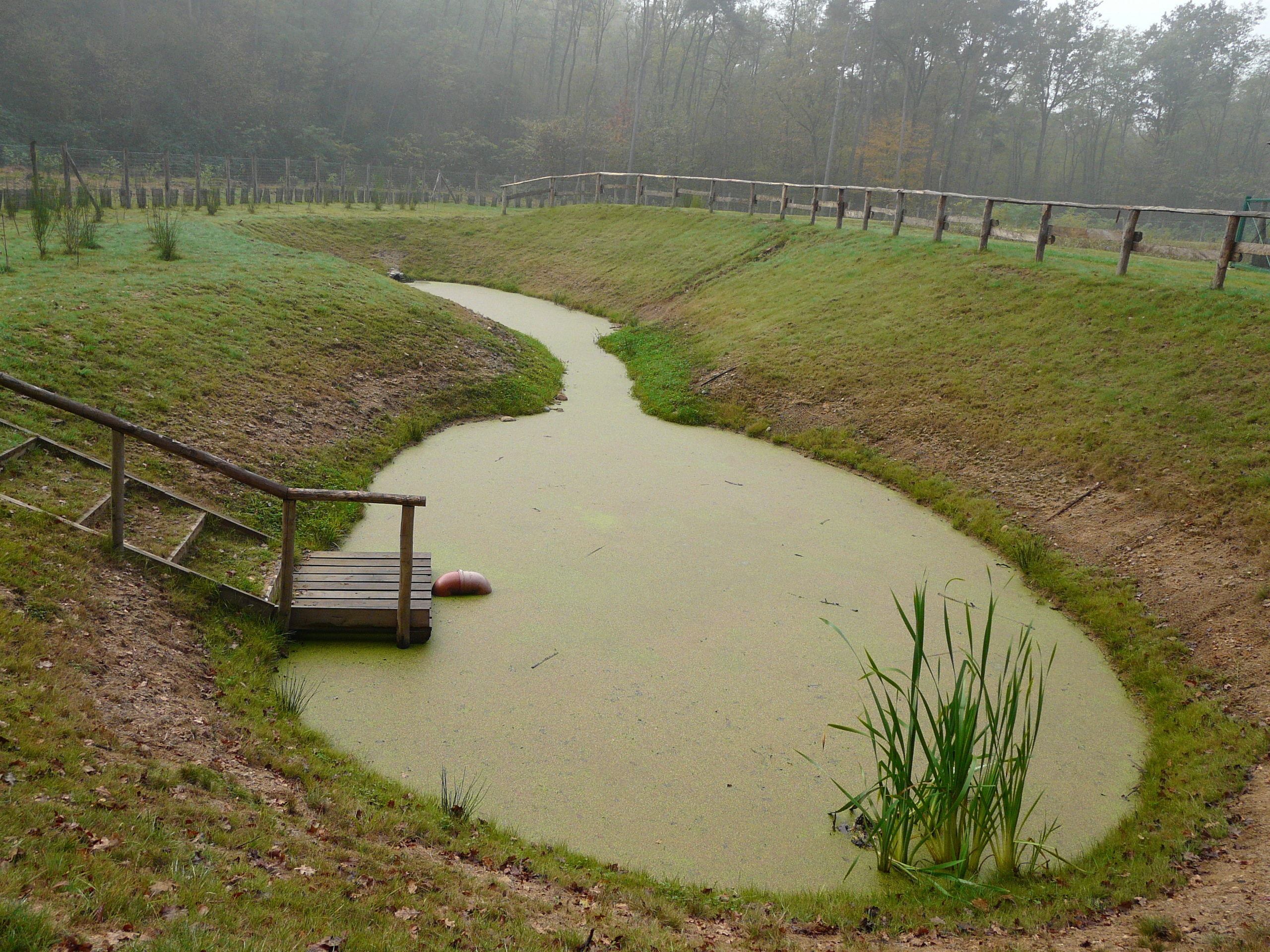Phytodepuration is a natural depuration process happening in natural wetlands where, due to animal and/or vegetable organisms in the soil or in the waters, depuration mechanisms happen through physical, chemical and biological processes (filtration, absorption, assimilation by vegetable organisms and bacterial degradation). The techniques and methodologies of phytodepuration are based and therefore take advantage of an intrinsic capacity of natural paludal ecosystems. These environments are artificially recreated, in a way that they can carry out in the best and most efficient way their function and the depurative processes that happen inside them. Apart from being a support for vegetation, the soil has an active role in mechanical and chemical filtration, in fact, it constitutes a single complex system of biological competition towards the bacteria that are present in wastewaters. Moreover, components such as clay have a great ability of absorbing some compounds such as phosphorus and ammoniacal nitrogen. The soil’s microfauna degrades the organic load of the wastewater (processes such as the removal of carbon, nitrification of ammoniacal nitrogen, denitrification of nitric nitrogen) turning it into nutrients for the plant species in the system. The vegetation brings oxygen in deep through the roots (allowing the oxidative, degradative processes to start), absorbs nutrients from the soil, reducing the concentration in the water’s outflow and through evapotranspiration mechanisms it reduces the overall quantitative of the waters that are delivered to the external environments, be it soil or a water course.
The field in which phytodepuration systems are used deals mainly with the secondary treatment of wastewater already partially treated, or the final refinement of waters, to improve the biological quality of the effluent deriving from:
- Civil wastewater: ideal treatment for small communities that have a potential inferior to 2000 Population Equivalent and with loads that fluctuate periodically;
- Livestock farms: treatment for litter and milking rooms wastewaters;
- Clients with wastewaters that can be assimilated to civil wastewaters (of organic nature) located in areas that are not provided with a public drainage system such as bars, restaurants, agritourisms, camp grounds, etc.
The introduction of phytodepuration has different types of realization, in which natural habitats are recreated artificially. Depending on the modality and the direction of the water flow they can be divided into:
- SF, Surface Flow;
- H-SSF, Horizontal Sub-Surface Flow;
- V-SSF, Vertical Sub-Surface Flow;

